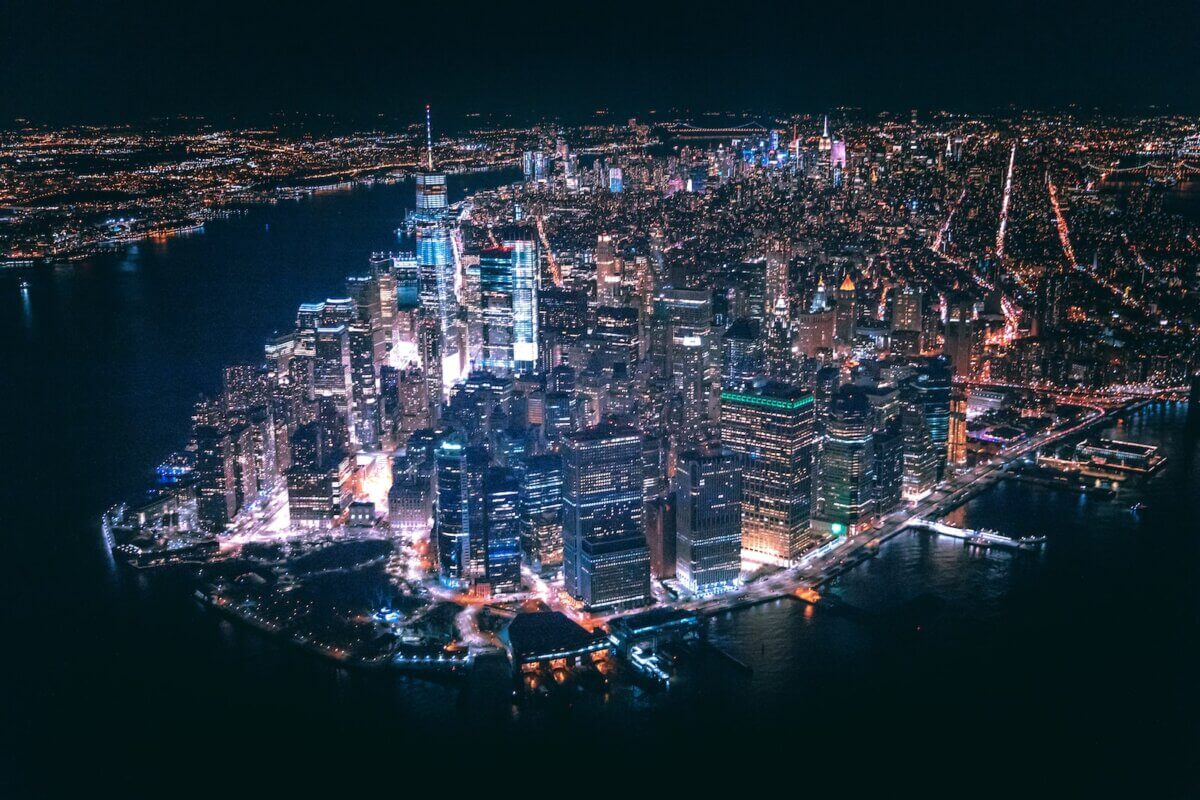|
All Global Research articles can be read in 51 languages by activating the Translate Website button below the author’s name.
To receive Global Research’s Daily Newsletter (selected articles), click here.
Click the share button above to email/forward this article to your friends and colleagues. Follow us on Instagram and Twitter and subscribe to our Telegram Channel. Feel free to repost and share widely Global Research articles.
***
Urban light pollution is notorious for blocking out city dwellers’ views of the stars at night, but new findings reveal that the bright lights of big cities may also be sparking an evolutionary change in birds — giving them smaller eyes!
Scientists at Washington State University have discovered that two common songbirds (the Northern Cardinal and Carolina Wren), who live year-round in the urban core of San Antonio, Texas, had eyes that were roughly five percent smaller than members of the same species living farther from the city in communities with less artificial light.
Meanwhile, the research team found no eye-size differences among two species of migratory birds (the Painted Bunting and White-eyed Vireo), regardless of which area of the city the birds dwelled in for most of the year. Study authors stress these findings hold far more than local implications, adding that conservation efforts need to improve across the country as numerous bird populations continue to see rapid declines.
“This study shows that residential birds may adapt over time to urban areas, but migratory birds are not adapting, probably because where they spend the winter–they are less likely to have the same human-caused light and noise pressures. It may make it more difficult for them to adjust to city life during the breeding season,” says Jennifer Phillips, a WSU wildlife ecologist and senior study author, in a university release.
Together, the United States and Canada have lost an astounding 29 percent of their bird populations (three billion birds) since 1970. Most scientists currently subscribe to the belief that habitat fragmentation has been the main driver of this observed decline in bird populations, but this latest work indicates sensory pollutants such as human-made light may also be influencing birds’ ability to cope with city life and subsequent evolutionary patterns.

Manhattan at night (Photo by Andre Benz on Unsplash)
In collaboration with post-doctoral fellow Todd Jones and graduate student Alfredo Llamas of Texas A&M University, Phillips analyzed over 500 birds from the central and edge areas of San Antonio. They compared birds’ bodies and eye sizes while recording and analyzing noise and light measurements during the day and night in each area.
Researchers did not note a difference in the body sizes of birds living in different areas. However, there was one exception: the Painted Bunting.
Despite that, an additional analysis eventually revealed that this size difference was mostly due to age. Study authors explain that younger, smaller male buntings, who aren’t as capable of competing for mates as their more colorful elders, tended to be seen in the brighter, noisier central locations, which are largely considered less desirable living locations.
Prior studies have looked into how urban light affects the timing of birds’ “dawn song” and circadian rhythms, but this project is the first ever to suggest a connection to eye size.
Smaller eyes may help birds cope with the brighter, constant lights of city environments, explains Jones, the study’s first author who is now a post-doctoral fellow at the Smithsonian’s Migratory Bird Center. Birds with larger eyes are more prone to being blinded by the glare of city lights or experiencing sleep issues.
“Humans may have some unintended consequences on birds that we don’t realize,” Jones explains. “We don’t know if these adaptations could have good or bad consequences for the birds down the road, considering that urban environments aren’t going away anytime soon. It is also important to understand how to manage such environments for the birds that maybe aren’t urban adapted.”
Phillips is now leading a new team focused on investigating the effect of both light and noise pollution across numerous bird species with the support from a recent $2.1 million grant provided by the National Science Foundation. Researchers plan to set up controlled experiments aimed at determining how light and noise affect birds’ stress levels, sleep hormones, song structure, and aggression levels – as well as if such traits correlate to overall fitness.
“We want to know whether patterns at molecular and behavioral scales affect fitness or not. Essentially, we’re trying to understand what are the benefits and costs to these animals living in a sensory polluted world,” the study author concludes.
*
Note to readers: Please click the share button above. Follow us on Instagram and Twitter and subscribe to our Telegram Channel. Feel free to repost and share widely Global Research articles.
John considers himself a pretty nice guy, and an even better writer. He is admittedly biased, though.
Featured image: Photo by Joshua J. Cotten from Unsplash
|